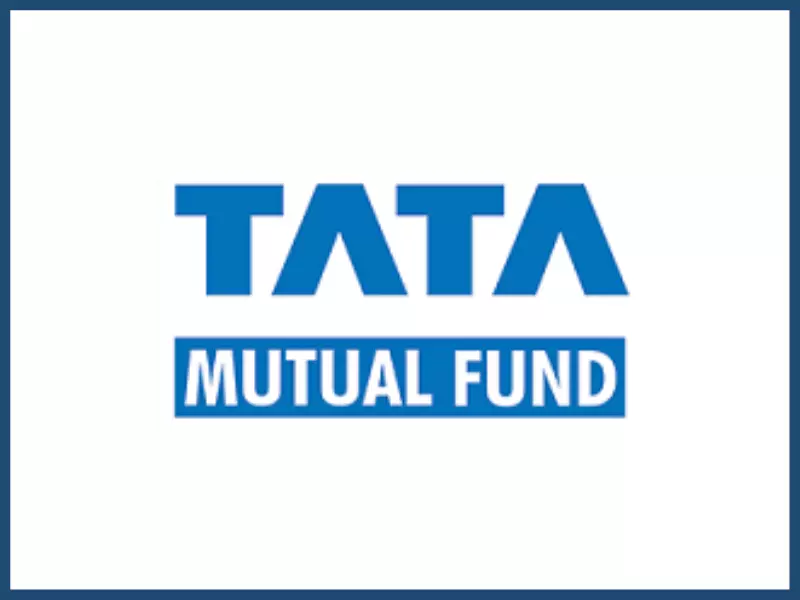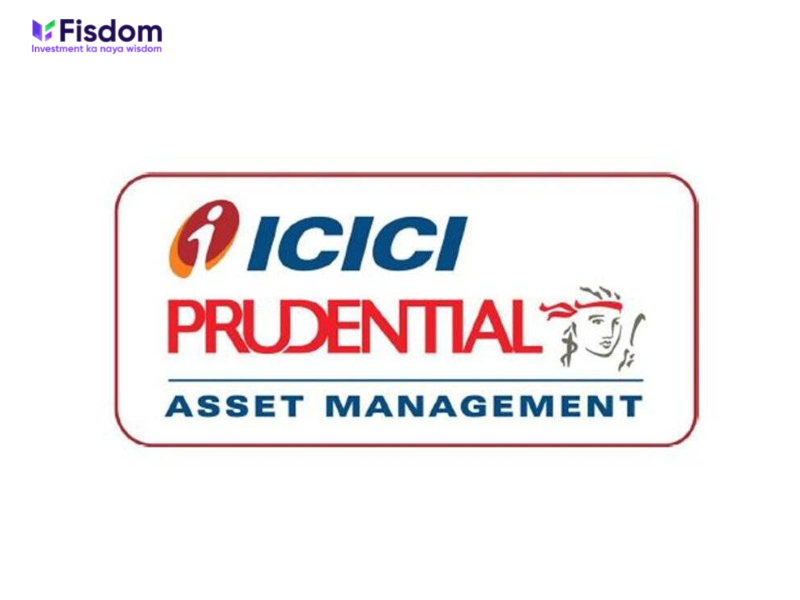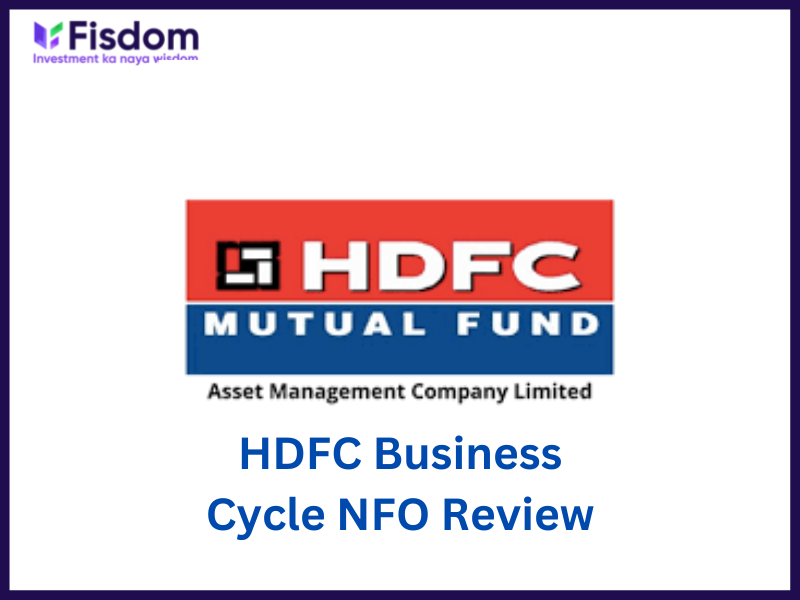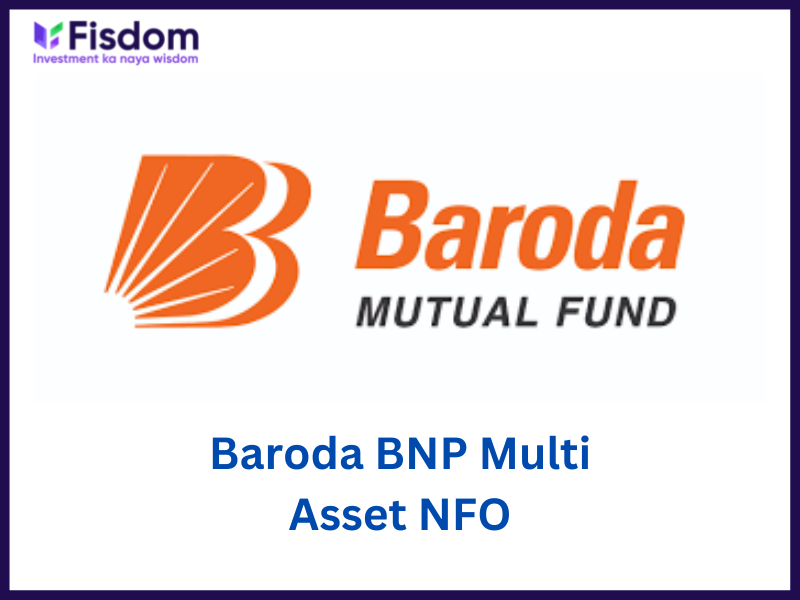
Introduction
Tata Nifty India Digital ETF FOF is an NFO from the fund house of Tata Mutual Fund. This NFO will open on 25th March 2022 and will close on 8th April 2022. This is a fund belonging to the passive investment category and is ideal for investors aiming for long-term capital growth or wealth creation. The benchmark of the fund is Nifty India Digital Index (TRI). the basic details of the NFO are discussed hereunder.
Investment objective of the fund
The fund is an open-ended scheme in the nature of a Fund of Fund and its objective is to track the performance of the Tata Nifty India Digital Exchange Traded Fund (subject to tracking errors). The fund does not guarantee the achievement of the fund objective or guarantees the returns to the investors.
Reasons to apply for the NFO
Some of the key reasons or benefits of applying for this NFO are discussed below.
- Diversification
The fund belongs to the Fund of Fund (FoF) category of mutual funds. Investors can benefit from the inherent diversified nature of the fund. The multiple securities in the fund ensure that the risk is spread and the potential returns are increased in the long term as well as provide an opportunity for the short term gains
- Passive investing model
ETFs and FoFs belong to the passive investment strategy. The fund simply tracks Tata Nifty India Digital Exchange Traded Fund for its performance and tries to replicate it to the best of its ability taking into account the tracking errors. Being a passive investment product, the fund is free from any fund manager bias. This provides the investors who are risk-averse with a relatively stable source of income as compared to other active investment products that require a greater contribution of the fund manager for its performance.
- Opportunity to tap into the digital boom
This fund is launched to tap into the growth of the digital space in the country. The digital space in India is evolving rapidly and is also changing the business models as well as already existing sectors in the economy. Today many new sectors have become dominant in the Indian Markets like the food tech, edtech, E-Commerce, Q-commerce, fintech, etc. In 2022 alone, among the top 8 companies in the country, 6 belonged to digital business models. This fund is a good opportunity for investors with long-term investment horizons who want to reap the benefits of this digital boom at minimal risk.
- Cost of investment
Investors can invest in this fund with an initial investment of Rs.5,000. The fund does not have any lock-in period but charges an exit load nevertheless. Investors are charged an exit load of 1% if the units are redeemed within one year of investment and are more than 12% of the initial investment. If however, the units redeemed are less than 12% of the initial investment cost and are after completion of 1 year, no exit load will be charged.
Fund Details
| Scheme name | Tata Nifty India Digital ETF FoF |
| Type of Scheme | An open-ended scheme investing in constituent stocks of the Nifty India Digital Index (TRI). |
| Category of the scheme | Fund of Fund |
| Benchmark | Nifty India Digital Index (TRI) |
| Plan options | Not available |
| Fund Manager | Meeta Shetty |
| Exit Load | 1% if units redeemed are more than 12% of initial investment and within 365 daysNIL if the units redeemed are less than 12% of initial investment and after 365 days. |
| Minimum Investment | Rs. 5,000 and in multiples of Re. 1/- thereafter |
| Expense Ratio | Not known |
| NFO Period | 25th Mar 2022 – 8th April 2022 |
Where can you invest in the NFO?
Head over to the Fisdom App to invest in this NFO.
FAQs
NFO (New Fund Offer) is launched by the Asset Management Companies (AMCs) to generate funds for launching a new mutual fund. These funds are then pooled to buy the shares or other securities as per the fund’s mandate or the guidelines based on which the fund is launched. NFOs are like IPOs where all the relevant details of the funds are provided at the time of their launch and the units of the fund are usually set at Rs. 10 per unit for a subscription. SEBI guidelines allow the NFOs to be active for a maximum period of 30 days following which the units of the fund are traded based on their daily NAV.
NFOs, at the time of their launch, are launched in two categories namely close-ended funds and open-ended funds. The details of each type of fund are mentioned below.
Open-ended funds
The majority of mutual funds are launched as open-ended funds. Investors can subscribe to the fund at the nominal rate (usually Rs. 10 per unit) during the NFO period. After the NFO period, when the units are traded based on the daily NAV, the investors stand to gain huge capital gains depending on the performance of the fund.
Close-ended funds
Close-ended funds, on the other hand, do not allow the investors to subscribe to the fund after the NFO period is closed.
Investing in NFOs is a very good opportunity to maximize the returns as the units can be subscribed at nominal rates and the returns are potentially higher based on the prevailing NAV at the time of redemption. However, there are several points that need to be considered while subscribing to an NFO. Some of such points are highlighted below.
a)Track record of the AMC
NFOs are offered for the new mutual fund so no proven track record can be reviewed by investors to make an informed investment decision. The investors have to therefore rely on the reputation of the AMC and other details mentioned in the NFO to make an investment decision.
b)Expense ratio (if mentioned)
NFOs need a good amount of publicity to make the investors aware of the fund and the investment opportunity. It is therefore essential for the investors to check the expense ratio of the fund and ensure that it does not outweigh the net gains.
c)Check if the fund is in correlation to the existing portfolio
Recently there have been many NFOs in the market that investors can choose from. However, while selecting the fund the investors must check if the fund is not similar to an existing fund in their portfolio. For example, if the fund is a large-cap fund and the investor already has one or two similar funds in their portfolio, investing in another will not add much value to the net returns or the diversification of the portfolio. On the other hand, many NFOs can be sector-specific or country-specific. In such a case, investors have to check if the fund is in line with other factors like their risk-return profile and investment goals.
d)Review the SID carefully
Reviewing the SID (Scheme Information Document) is a crucial step that should not be missed by investors while investing in NFOs. It contains all the relevant information about the fund managers, their qualifications, and experience which is crucial for the funds’ performance. Other relevant information includes the investment profile of the fund, target sectors or securities, benchmark index, asset allocation ratio, etc. This helps the investors understand the returns expectation of the fund as well as the target investments where the fund will invest the pooled funds. Investors having a risk-return profile in line with that of the fund can thus invest in such funds.
Investment in NFOs can be done through two main routes i.e., the online or offline modes. The details of the same are mentioned below.
a)Online mode
The online mode of investment is suitable for investors already having a Demat account and a trading account. Investors can simply select the NFO and invest by selecting the number of units to invest and paying for the same through online payment modes available on the platform.
b)Offline mode
The offline mode of investment in NFOs is through registered brokers and distributors. Investors can contact their brokers and distributors providing them with the details of the amount to be invested and they can invest in the selected NFOs on their behalf. Investors can make hassle-free investments through such modes as all the necessary forms to be filled and the formalities to be met are looked after by these entities giving investors the benefit of ease of investment. The charges for such services are nominal when compared to the potentially high returns.
FAQs
1. What is NFO? NFO (New Fund Offer) is launched by the Asset Management Companies (AMCs) to generate funds for launching a new mutual fund. These funds are then pooled to buy the shares or other securities as per the fund’s mandate or the guidelines based on which the fund is launched. NFOs are like IPOs where all the relevant details of the funds are provided at the time of their launch and the units of the fund are usually set at Rs. 10 per unit for a subscription. SEBI guidelines allow the NFOs to be active for a maximum period of 30 days following which the units of the fund are traded based on their daily NAV.
2. What are the types of NFOs? NFOs, at the time of their launch, are launched in two categories namely close-ended funds and open-ended funds. The details of each type of fund are mentioned below.
Open-ended funds
The majority of mutual funds are launched as open-ended funds. Investors can subscribe to the fund at the nominal rate (usually Rs. 10 per unit) during the NFO period. After the NFO period, when the units are traded based on the daily NAV, the investors stand to gain huge capital gains depending on the performance of the fund.
Close-ended funds
Close-ended funds, on the other hand, do not allow the investors to subscribe to the fund after the NFO period is closed.
3. What are the points to consider before investing in NFOs? Investing in NFOs is a very good opportunity to maximize the returns as the units can be subscribed at nominal rates and the returns are potentially higher based on the prevailing NAV at the time of redemption. However, there are several points that need to be considered while subscribing to an NFO. Some of such points are highlighted below.
a)Track record of the AMC
NFOs are offered for the new mutual fund so no proven track record can be reviewed by investors to make an informed investment decision. The investors have to therefore rely on the reputation of the AMC and other details mentioned in the NFO to make an investment decision.
b)Expense ratio (if mentioned)
NFOs need a good amount of publicity to make the investors aware of the fund and the investment opportunity. It is therefore essential for the investors to check the expense ratio of the fund and ensure that it does not outweigh the net gains.
c)Check if the fund is in correlation to the existing portfolio
Recently there have been many NFOs in the market that investors can choose from. However, while selecting the fund the investors must check if the fund is not similar to an existing fund in their portfolio. For example, if the fund is a large-cap fund and the investor already has one or two similar funds in their portfolio, investing in another will not add much value to the net returns or the diversification of the portfolio. On the other hand, many NFOs can be sector-specific or country-specific. In such a case, investors have to check if the fund is in line with other factors like their risk-return profile and investment goals.
d)Review the SID carefully
Reviewing the SID (Scheme Information Document) is a crucial step that should not be missed by investors while investing in NFOs. It contains all the relevant information about the fund managers, their qualifications, and experience which is crucial for the funds’ performance. Other relevant information includes the investment profile of the fund, target sectors or securities, benchmark index, asset allocation ratio, etc. This helps the investors understand the returns expectation of the fund as well as the target investments where the fund will invest the pooled funds. Investors having a risk-return profile in line with that of the fund can thus invest in such funds.
4. How to invest in NFOs? Investment in NFOs can be done through two main routes i.e., the online or offline modes. The details of the same are mentioned below.
a)Online mode
The online mode of investment is suitable for investors already having a Demat account and a trading account. Investors can simply select the NFO and invest by selecting the number of units to invest and paying for the same through online payment modes available on the platform.
b)Offline mode
The offline mode of investment in NFOs is through registered brokers and distributors. Investors can contact their brokers and distributors providing them with the details of the amount to be invested and they can invest in the selected NFOs on their behalf. Investors can make hassle-free investments through such modes as all the necessary forms to be filled and the formalities to be met are looked after by these entities giving investors the benefit of ease of investment. The charges for such services are nominal when compared to the potentially high returns.
























